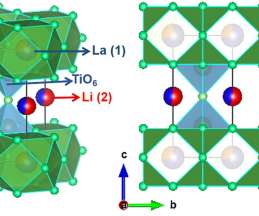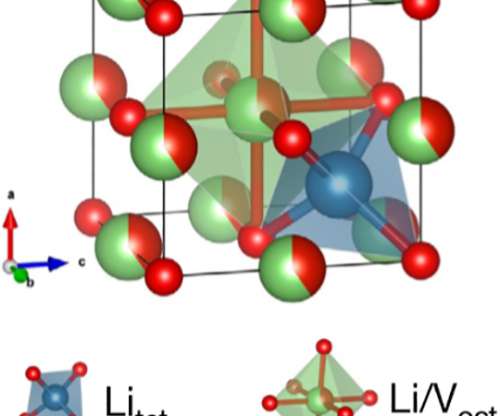LLTO anode material for safe batteries with a long cycle life
Green Car Congress
AUGUST 9, 2020
Researchers at Karlsruhe Institute of Technology (KIT) and Jilin University in Changchun/China have investigated a highly promising anode material for future high-performance batteries: lithium lanthanum titanate with a perovskite crystal structure (LLTO). In most cases, graphite is used as the active material. —Helmut Ehrenberg.



















Let's personalize your content